Metal buildings have become a symbol of modern construction, exemplifying efficiency, durability, and versatility. In this essay, we will explore the evolution and advantages of metal buildings, shedding light on the various applications, materials used, and the environmental sustainability they offer. These structures have come a long way from their humble origins, offering solutions for a wide range of needs, and they are poised to continue shaping the future of architecture and construction.
Evolution of Metal Buildings
The concept of using metal for construction dates back to ancient times. Historically, metals such as iron and steel were primarily used for their structural strength, particularly in the construction of bridges, railroads, and industrial buildings. However, the true evolution of metal buildings as a distinct architectural and construction genre began in the 20th century.
Early Utilization: In the late 19th and early 20th centuries, metal buildings were largely utilitarian, with a focus on function over form. These buildings were typically pre-engineered, making them cost-effective and quick to assemble. Examples include factories, warehouses, and agricultural buildings.
Post-World War II Innovation: The post-World War II era saw significant innovations in metal building construction. Advances in materials and technology made it possible to create more versatile structures with appealing architectural designs. The use of steel and other metals allowed for larger and more intricate designs, further expanding the potential applications.
Architectural Advancements: In the latter half of the 20th century, metal buildings began to emerge as architectural marvels. Architects and engineers started using metals like steel, aluminum, and even titanium in creative ways to design iconic structures. The Guggenheim Museum in Bilbao, Spain, designed by Frank Gehry, is a prominent example of a metal building that challenged traditional architectural norms.
Contemporary Metal Buildings: Today, metal buildings encompass a wide range of structures, from sleek commercial office spaces to comfortable residential homes. They have proven to be versatile, eco-friendly, and economically viable options for various applications.
Advantages of Metal Buildings
Metal buildings offer several advantages that have contributed to their widespread adoption and appeal across various industries:
Durability: Metal buildings are renowned for their durability and longevity. They can withstand harsh weather conditions, resist pests and rot, and remain structurally sound for decades. This durability reduces maintenance and replacement costs.
Cost-Effectiveness: Metal buildings are typically more cost-effective than traditional construction methods. The pre-engineered components reduce labor costs and construction time. Additionally, the long-term cost savings due to reduced maintenance and energy efficiency make them an economical choice.
Versatility: Metal buildings can be customized to suit a wide range of purposes. From agricultural storage and industrial facilities to commercial offices and residential homes, metal buildings are adaptable to diverse needs.
Energy Efficiency: With advances in insulation and construction techniques, metal buildings can be highly energy-efficient. Proper insulation helps regulate indoor temperatures, reducing heating and cooling costs. The reflective nature of metal roofs can also lower cooling expenses.
Eco-Friendly: Metal buildings are considered environmentally friendly. They are often made from recycled materials, and the recyclability of steel and other metals ensures a reduced environmental impact. Their energy efficiency further contributes to a smaller carbon footprint.
Quick Construction: Metal buildings can be erected much faster than traditional structures. The use of pre-fabricated components and efficient assembly processes accelerates construction timelines, making them an ideal choice for projects with tight deadlines.
Design Flexibility: Modern metal buildings offer extensive design flexibility. They can incorporate a variety of architectural elements, including glass, wood, or stone, to create aesthetically pleasing and functional spaces. The versatility of metals allows for a wide range of shapes and sizes.
Applications of Metal Buildings
The versatility and durability of metal buildings make them suitable for a broad spectrum of applications. Here are some of the key areas where metal buildings excel:
Agriculture: Metal buildings are often used for agricultural purposes such as barns, silos, and equipment storage. Their ability to withstand the rigors of farming and provide ample space is particularly advantageous in rural settings.
Commercial: Metal buildings are a popular choice for commercial applications. They are used for retail spaces, offices, warehouses, and manufacturing facilities. The quick construction time and cost-effectiveness make them attractive to businesses.
Industrial: Heavy-duty metal buildings serve industrial purposes, offering ample space for manufacturing, distribution, and storage. Their durability is especially valuable in industrial settings where heavy machinery and equipment are used.
Residential: The use of metal buildings in residential construction has gained traction. These buildings are often chosen for their modern aesthetic, energy efficiency, and cost-effectiveness. Homeowners appreciate the customizable designs.
Aircraft Hangars: The clear spans and durability of metal buildings make them ideal for aircraft hangars. They provide shelter and protection for planes and other aviation equipment.
Recreational Facilities: Sports complexes, gyms, and community centers frequently use metal buildings for their large, open interior spaces and cost-effectiveness.
Retail Outlets: Metal buildings are commonly employed as retail outlets, including malls, supermarkets, and showrooms. Their ability to provide expansive, well-lit spaces is a key advantage.
Environmental Sustainability of Metal Buildings
In an era of growing environmental consciousness, metal buildings offer several sustainable advantages:
Recyclability: Steel and other metals used in construction are highly recyclable. When a metal building is dismantled, its components can be recycled, reducing the demand for new resources.
Energy Efficiency: As mentioned earlier, metal buildings can be designed to be highly energy-efficient. Proper insulation and reflective roofing materials reduce energy consumption, leading to lower greenhouse gas emissions.
Reduced Waste: The pre-engineered nature of metal buildings minimizes on-site waste during construction. This not only reduces landfill waste but also lowers construction costs.
Solar Integration: Metal roofs are often suitable for the installation of solar panels. This contributes to energy production on-site and further decreases reliance on fossil fuels.
Adaptability: The long lifespan and flexibility of metal buildings mean they can be repurposed and adapted for new uses, extending their life cycle and reducing the need for new construction.
Challenges and Considerations
While metal buildings offer numerous advantages, they are not without their challenges and considerations:
Design Complexity: Achieving an aesthetically pleasing design with metal buildings can be more complex than with traditional construction materials. Architects and engineers must consider how to incorporate metal into the design effectively.
Noise Insulation: Metal buildings can be noisier than traditional structures. Proper insulation is crucial to reduce noise and maintain a comfortable interior environment.
Condensation: Condensation can be an issue in metal buildings, particularly if not adequately insulated. Proper insulation and ventilation are essential to mitigate this.
Expansion and Contraction: Metal expands and contracts with temperature changes. Adequate expansion joints and proper design are necessary to accommodate these fluctuations.
Permits and Regulations: Local building codes and regulations must be considered when constructing a metal building. Ensuring compliance can be a complex process that requires careful planning.
The evolution of metal buildings has been a remarkable journey from utilitarian structures to architectural marvels that offer durability, cost-effectiveness, and environmental sustainability.

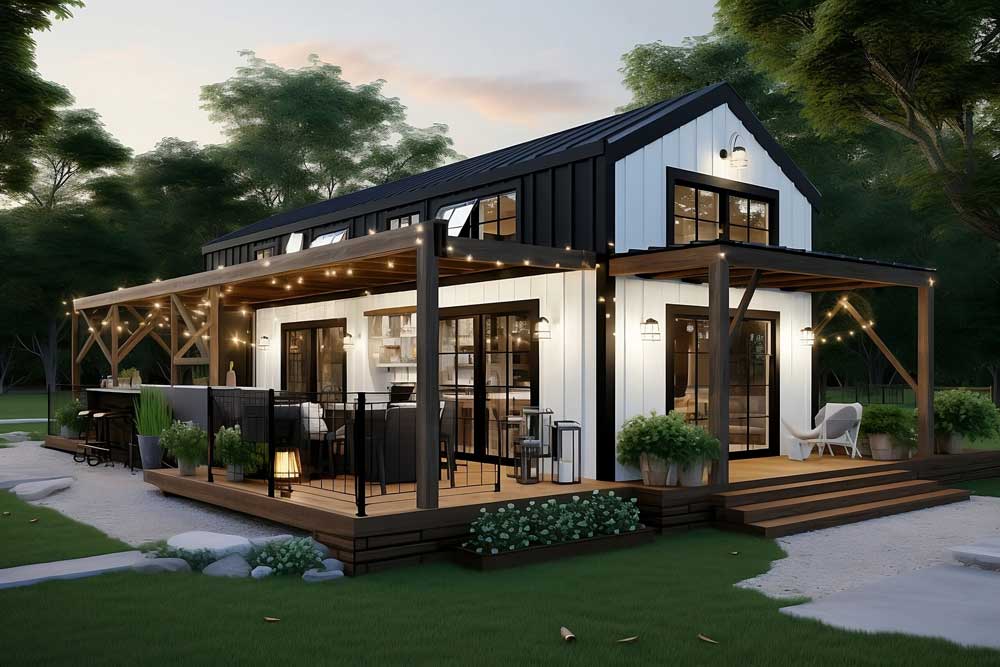
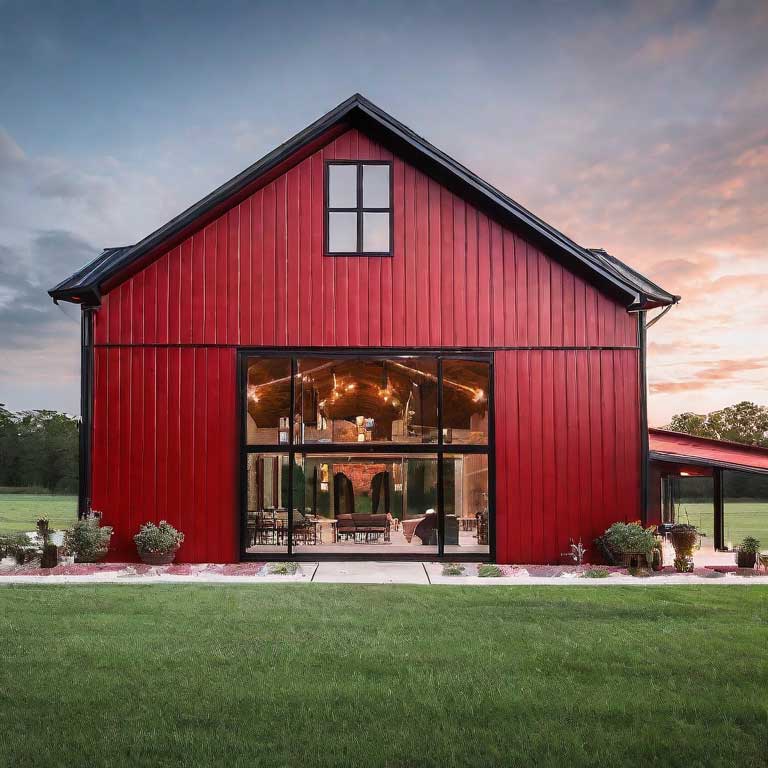
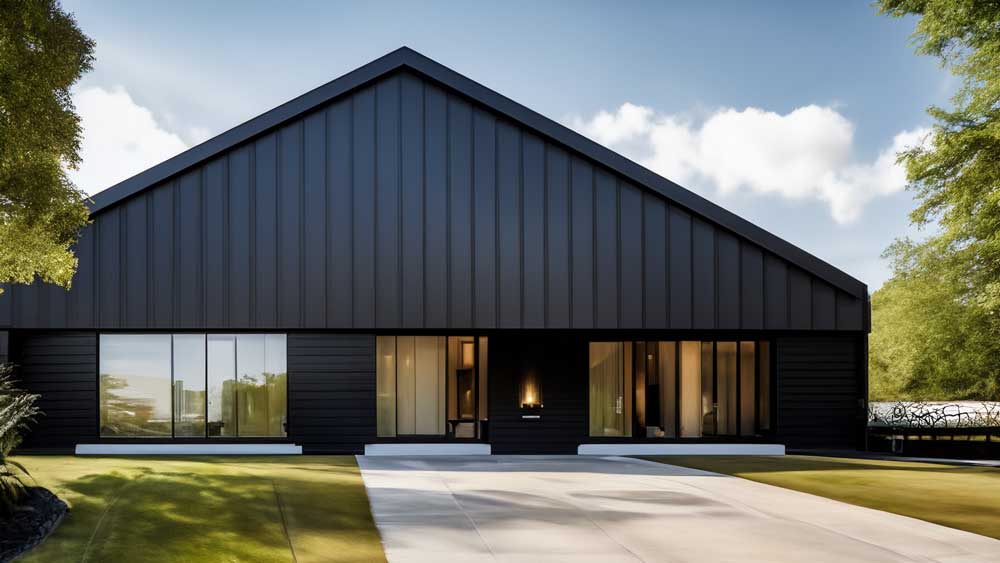
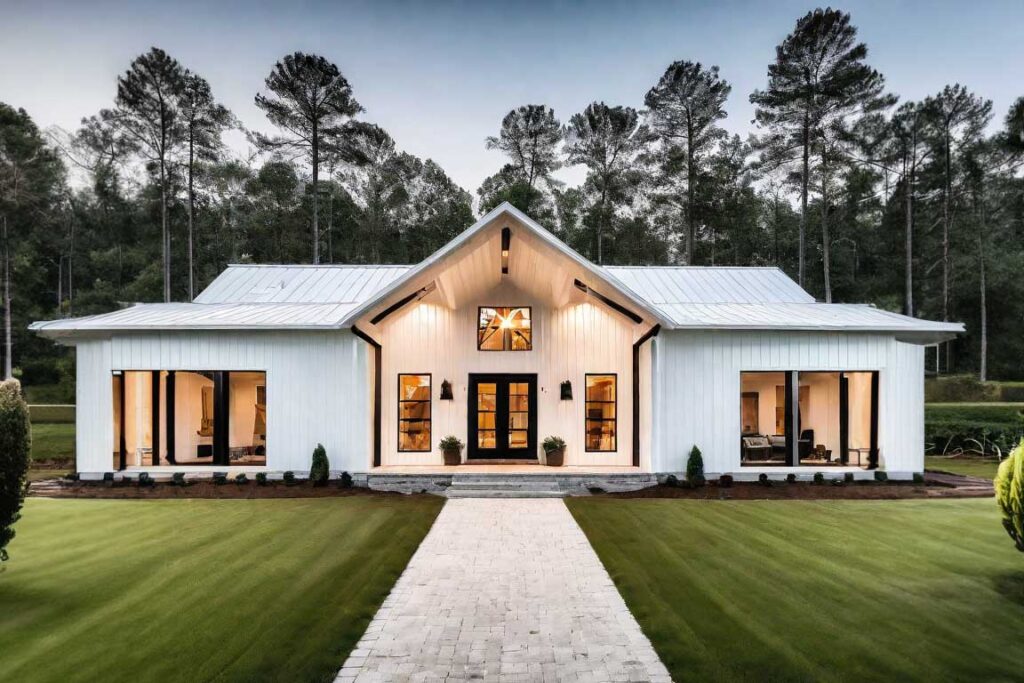
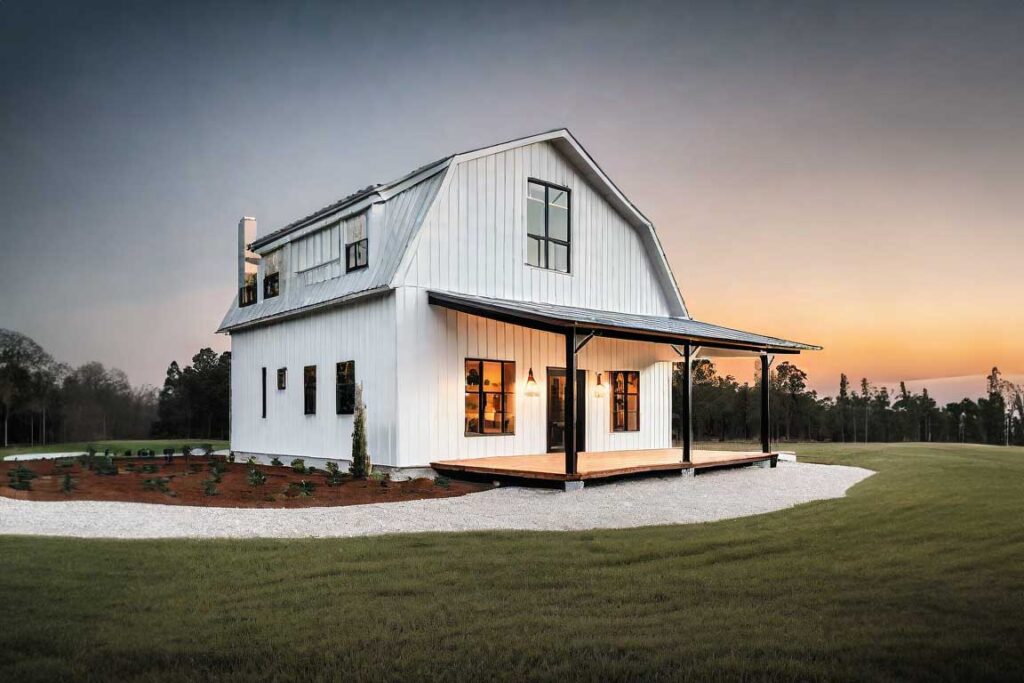
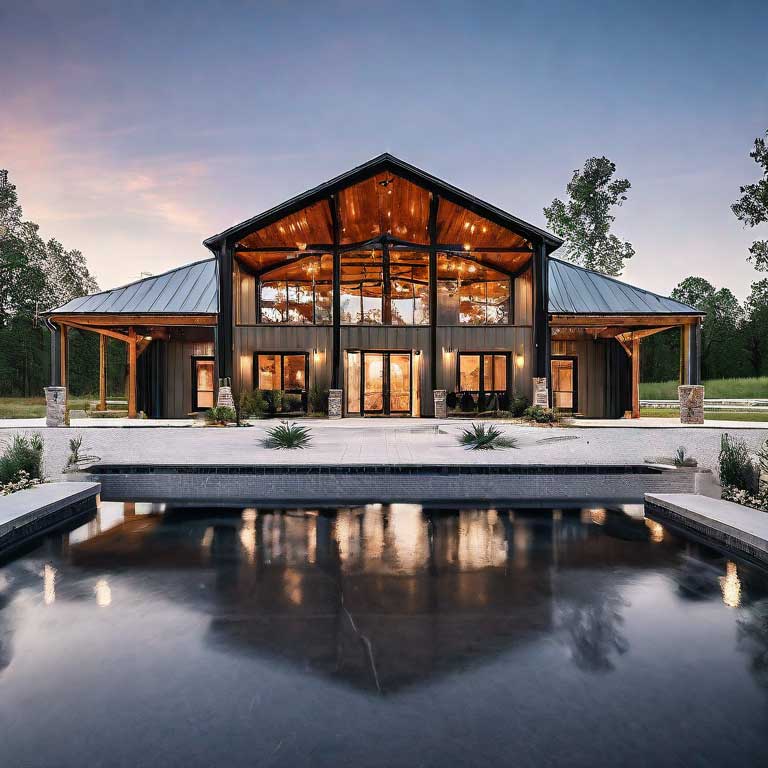
barndominium guide metal building pole barns steel barndominium steel building steel pole barns tube steel tube steel buildings